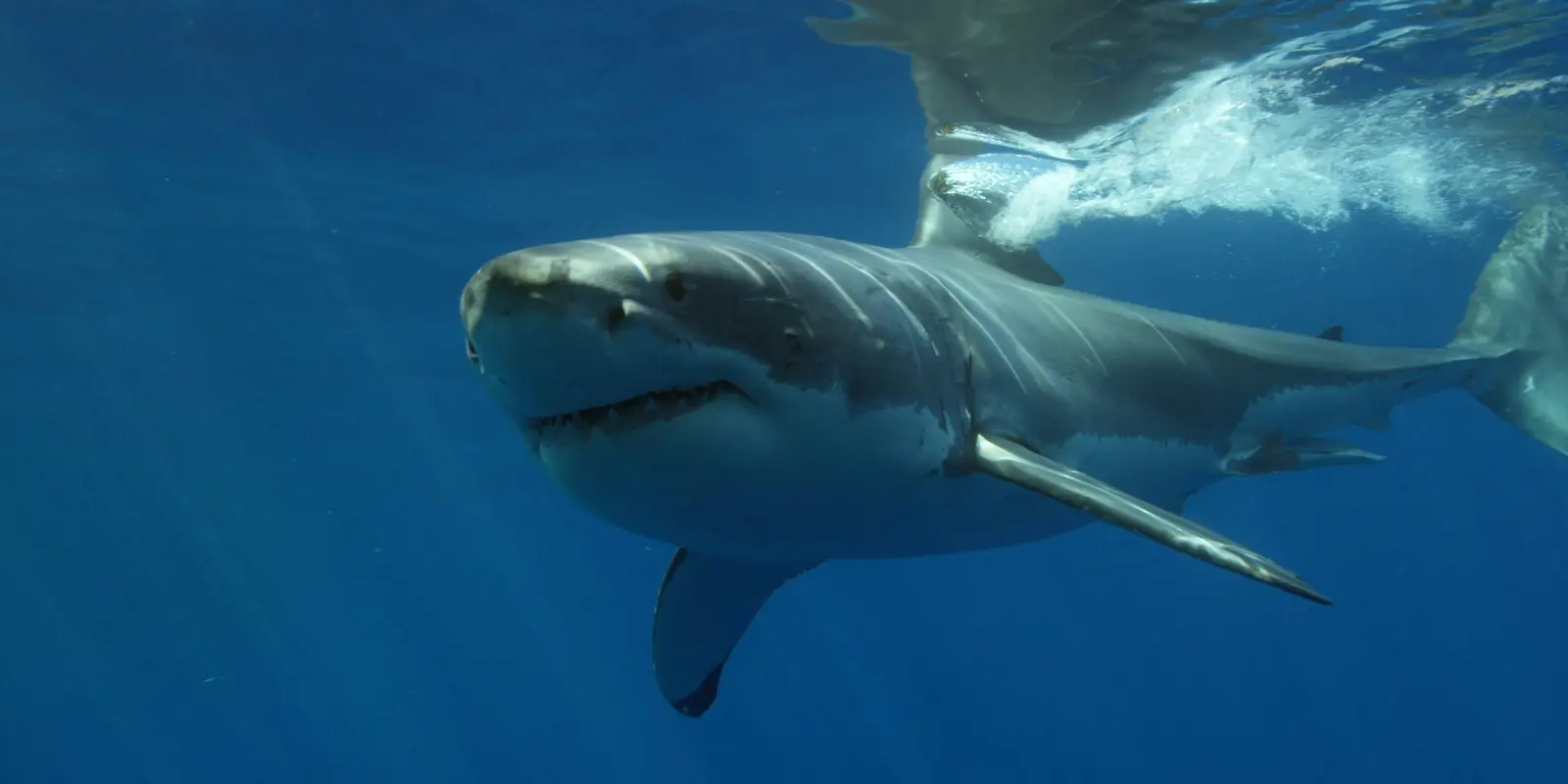A blue whale’s giant mouthful can scoop up 25,000-100,000 krill, gobbling a krill party in one big gulp!
Blue Whales - Facts for Kids

Did you know?
Search name of person, animal, place, thing, etc.
Share
Facts About Blue Whales For Kids
Blue whales spend up to 8 hours a day actively feeding!
During feeding season, blue whales eat about 40 million krill each day!
Blue whales can gulp up to 18,500 gallons (70 cubic meters) of water in a single mouthful when feeding!
Blue whales usually feed at depths between 100–300 feet (30–90 meters) below the surface!
Blue whales fast for 4–7 months during their migration and breeding season, living off their stored blubber!
Conservation & Population
There are only about 10,000-25,000 blue whales left in the world’s oceans today!
Blue whales are classified as endangered, which means they need special protection to survive!
The biggest threats to blue whales are ship strikes, getting tangled in fishing gear, and ocean noise pollution!
Climate change affects blue whales by changing where their food (krill) can be found!
Before commercial whaling, there were about 350,000 blue whales in the world’s oceans!
Scientists use special underwater microphones to track blue whale populations by recording their songs!
Additional Facts
A blue whale’s body is actually gray-blue in color, appearing bright blue underwater!
Blue whales have two blowholes on top of their head, each big enough to fit a small basketball!
The white or light patches on a blue whale’s skin are caused by tiny organisms called diatoms!
A blue whale’s earwax forms layers like tree rings, which scientists can use to determine its age!
Blue whales have small dorsal fins relative to their body size – they’re only about one foot (30 centimeters) tall!
Blue whales sometimes splash their tails on the water’s surface, a behavior known as “tail slapping” or “lobtailing, making a sound that can be heard for miles!
Blue whales often roll onto their sides while feeding to get a better view of krill patches!
Blue whales sometimes swim in pairs for weeks or months at a time!
Blue whales have been observed following the same migration routes for generations!
Some blue whales live their entire lives in the same ocean basin!
Blue whales avoid very shallow water because they need room to maneuver their huge bodies!
Blue whales sometimes gather in groups of up to 50 individuals in areas with abundant food!
Female blue whales usually have their first calf between 10–15 years of age!
Blue whale calves can swim up to 5 miles per hour (8 kilometers per hour) just hours after being born!
Blue whale calves gain about 8 pounds (3.6 kilograms) per hour during their first year of life!
Blue whales typically give birth in warm, tropical waters during winter months!
When feeding, blue whales use their tongues to push water out through their baleen plates!
A blue whale’s stomach can hold up to 2,200 pounds (1,000 kilograms) of krill at once!
Blue whales have special blood vessels that help them control their body temperature!
Blue whales have special throat grooves that expand like an accordion when they feed!
Blue whales have smaller brains relative to their body size than many other whales!
The largest blue whale ever recorded was 110 feet (33.5 meters) long and weighed 418,878 pounds (190 metric tons or 209 US tons)!
Blue whales are the largest animals that have ever existed on Earth — even bigger than the biggest dinosaurs!
The first complete blue whale skeleton was displayed in a museum in 1934!
Scientists figured out how huge blue whales are in the 1800s when whaling began! Before that, these massive sea giants stayed a mystery.
Blue whales sometimes swim alongside other whale species like fin whales and humpbacks!
Small fish called remoras sometimes attach themselves to blue whales for a free ride!
Seabirds often gather above feeding blue whales to catch displaced krill!
Barnacles rarely grow on blue whales because they swim too fast!
Blue whales have belly buttons from where their umbilical cord was attached!
A blue whale’s fins contain all the same types of bones as a human hand!
Blue whales have muscles that can weigh as much as a whole elephant!
A blue whale’s brain weighs about 15 pounds (7 kg) — as much as a medium-sized dog!
Blue whales can swim the length of three football fields in under a minute!
Blue whale calves grow faster than any other animal on Earth!
A blue whale calf drinks enough milk each day to fill 2,000 baby bottles!
Blue whale poop helps fertilize the ocean and feed plankton!




